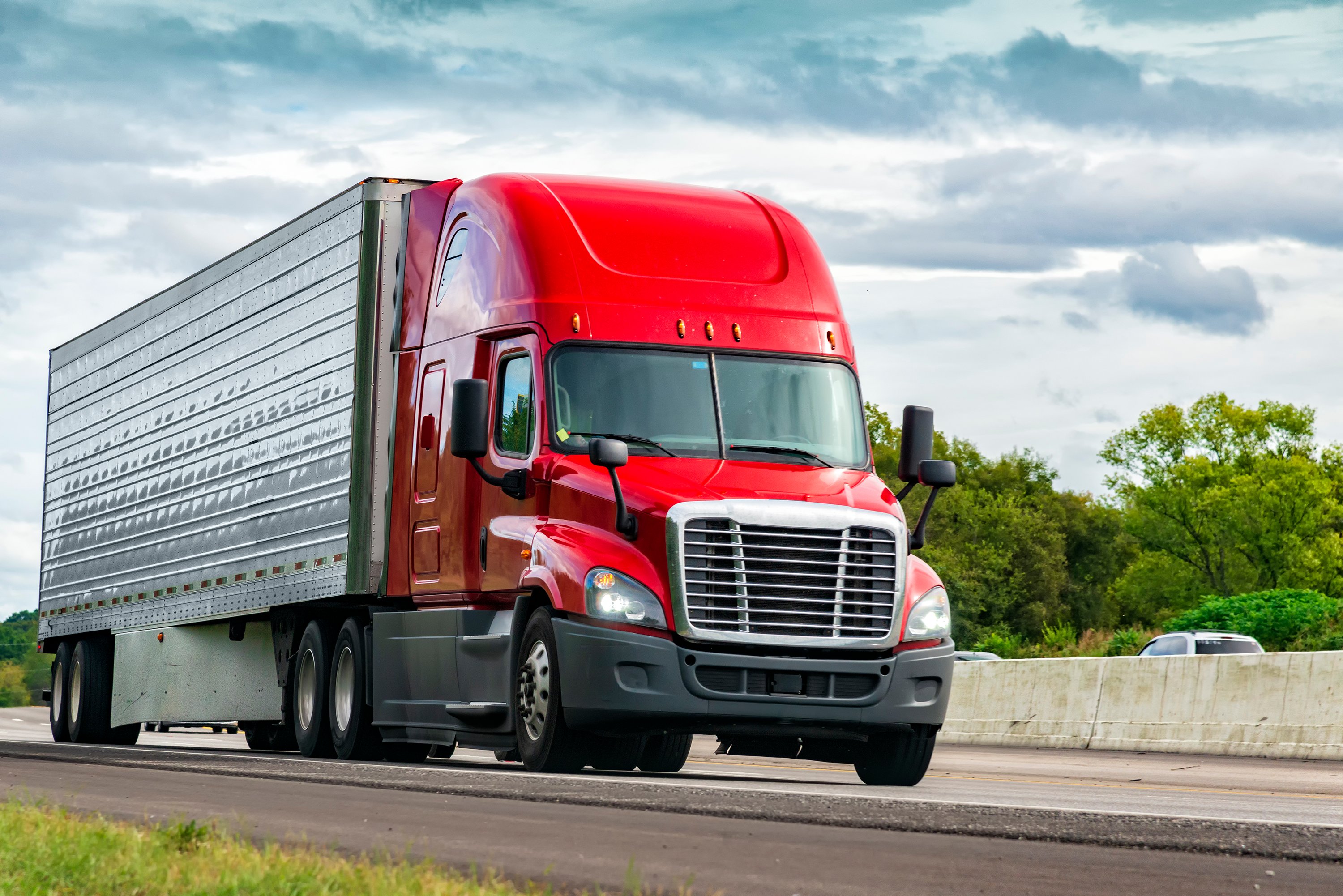Trucking is a cyclical industry, and truck manufacturers like Navistar (NAV +0.00%) have certainly seen significant volatility in revenue and earnings over time. With 2020 set to be a down year for the industry -- the latest results from Navistar only served to confirm this expectation -- it's understandable if the market decides to take a dim view of prospects. That said, there's a strong case for the argument that stocks in the sector remain a good value. Here it is.

Image source: Getty Images.
Guidance for 2020
The uncertainty in the timing of the cycle of trucking demand makes guidance very hard to formulate. It's a common feature of investing in such stocks that guidance can turn out to be too optimistic on the way down and too pessimistic on the way up.
Unfortunately, the industry is heading down in 2020, and Navistar's updated guidance demonstrates how easy to is to overshoot on guidance when an industry is cyclically declining. Note that the guidance given on the investor day is from just three months ago.
|
Metric |
Current Guidance |
Investor Day, September 2019 |
|---|---|---|
|
Industry Retail Deliveries of Class 6-8 trucks and buses, U.S. and Canada (units) |
"Low end of the range" |
335,000 to 365,000 |
|
Revenue |
$9.25 billion to $9.75 billion |
$10 billion to $10.5 billion |
|
Adjusted EBITDA |
$700 million to $725 million |
$775 million to $825 million |
Data source: Navistar presentations. EBITDA = earnings before interest, tax, depreciation, and amortization.
Discussing the outlook for 2020 on the fourth-quarter earnings call, Navistar CEO Troy Clarke painted a picture of lower economic growth in 2019 leading to a year of transition for the industry. However, he also noted that "recent industry orders have been running below replacement level, as I believe the industry is working through a period of transition and then orders will pick up and recover in the second half of the year."
In other words, a recovery in orders and ultimately a recovery in revenue should be in place by 2021. Discussing the matter further on the earnings call, Clarke said that should the economy slip into something "that might look like a manufacturing recession in the first half of 2020" then "the recovery in orders in the market may be something that takes place late in 2020 or early in 2021."
Of course, the economy could slip into a deeper and more lasting recession, in which case all bets are off, but under Clarke's bad-case scenario the recovery in orders expected in the second half will merely be pushed out by a quarter or two.
The investment case for Navistar
It appears that the argument over truck demand, and Navistar earnings, isn't about whether a recovery will happen but rather about when. In other words, when the overall economy starts to grow at above 2% again, Clarke believes freight demand will exceed capacity and freight companies will start to order trucks again. In addition, truck prices will need to stabilize before companies buy new trucks again.
The good news is that the current analyst earnings estimates -- the 2020 EBITDA consensus is inside Navistar's range -- seem to suggest there is enough room for error in them to leave Navistar still looking like a good value.
The key figure to focus on in the table is the enterprise value (EV) or market cap plus net debt to EBITDA. The EV/EBITDA multiple is a commonly used valuation metric. I'll come back to that shortly, but first note that the modest recovery expected in 2021 and 2022 would still leave revenue below the level of the boom years of 2018 and 2019, and that Navistar's margin expansion plans are expected to result in high-single-digit earnings growth from the trough formed in 2020.
|
Navistar |
2016 |
2017 |
2018 |
2019 |
2020 (Estimate) |
2021 (Estimate) |
2022 (Estimate) |
|---|---|---|---|---|---|---|---|
|
Revenue |
$8,111 million |
$8,570 million |
$10,250 million |
$11,251 million |
$9,467 million |
$9,753 million |
$9,849 million |
|
EBITDA |
$508 million |
$582 million |
$826 million |
$882 million |
$722 million |
$774 million |
$850 million |
|
EV/EBITDA* |
13.5 |
11.8 |
8.3 |
7.8 |
9.5 |
8.9 |
8.1 |
Data sources: Navistar presentations and analyst estimates. *Based on the current enterprise value of $6.85 billion.
To put these figures into context, here's a look at Navistar's valuation during the last trough in heavy truck sales at the end of 2016 compared to those of industry peers PACCAR (PCAR +0.11%) and Cummins (CMI +0.19%). For reference, the forecast EV/EBITDA for PACCAR and Cummins at their trough in 2020 is for 13.4 times and 9.1 times, respectively. In addition, all three are expected to generate earnings significantly in excess of those generated in the last trough, in 2016.
NAV EV to EBITDA data by YCharts
Is Navistar a buy?
When you put it all together, the stock looks like a very good value, but anyone buying in will have to appreciate that it's not going to be a smooth ride, and it's possible that some downward revisions to earnings estimates could come along. It's not easy predicting the timing of a cycle.
Nevertheless, if you believe in the long-term prospects for the U.S. economy and trucking demand, trucking stocks are attractively priced right now and have a good margin of safety for what's likely to be a rough six months.









